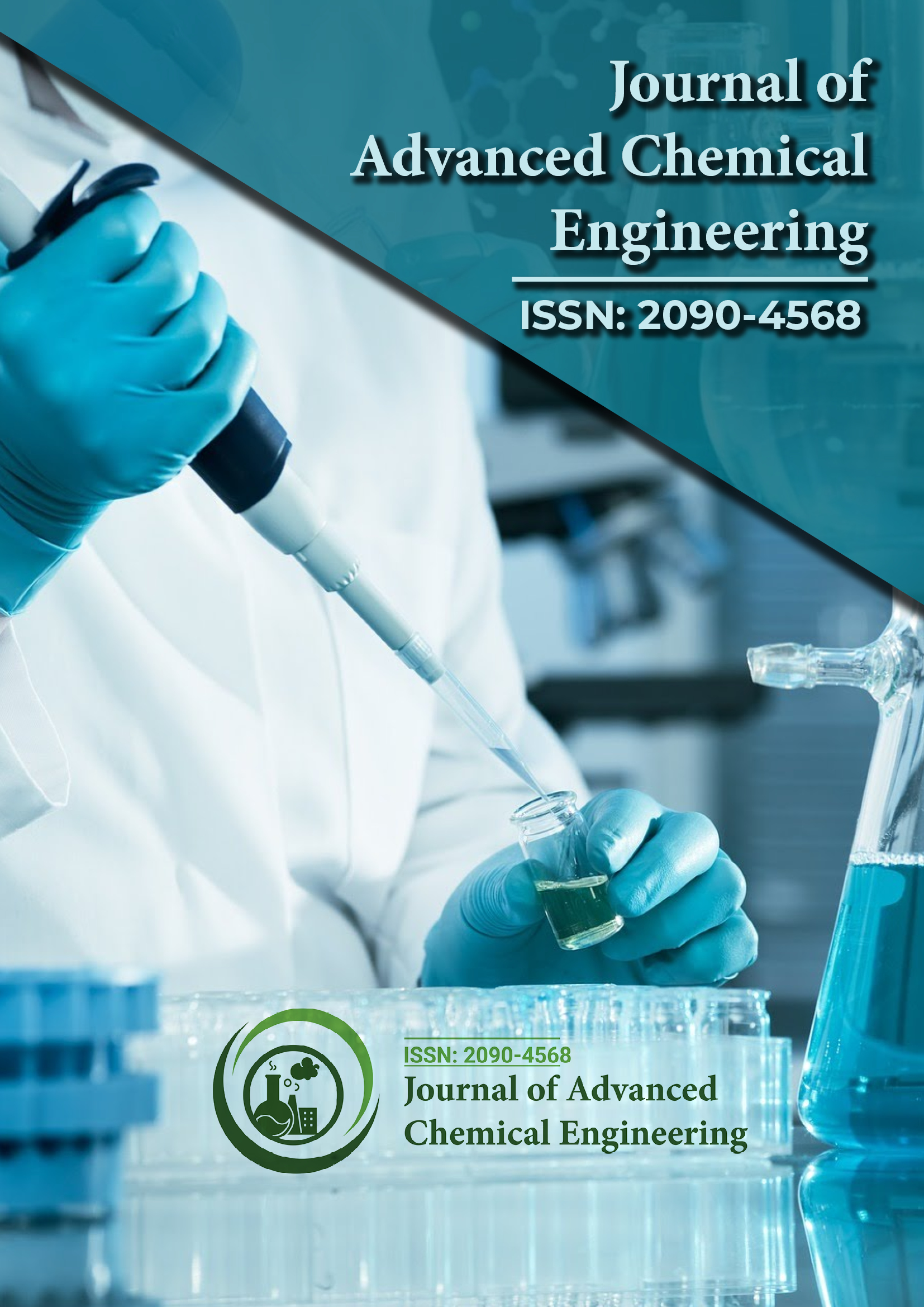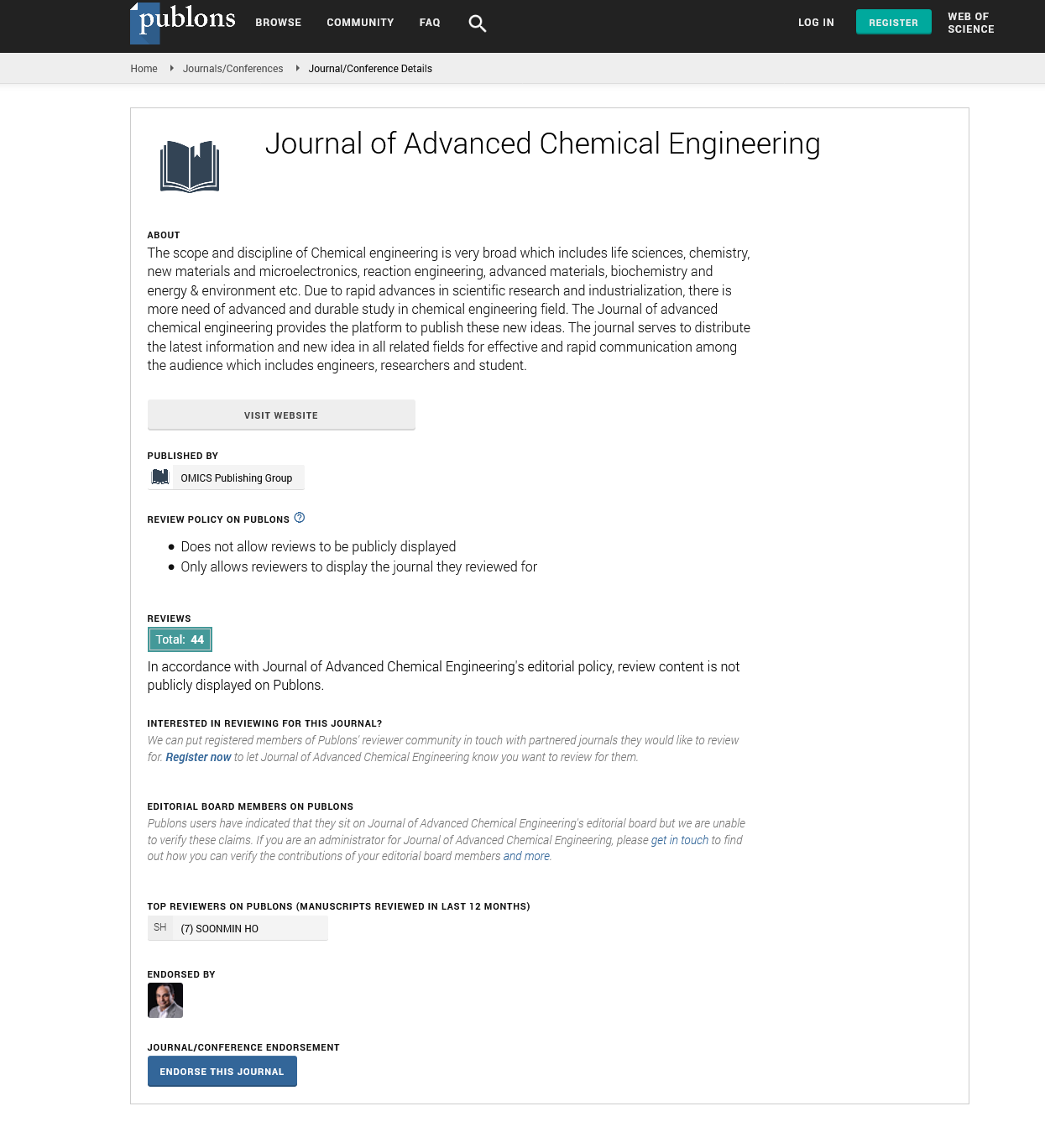Indexed In
- Open J Gate
- Genamics JournalSeek
- Smithers Rapra
- RefSeek
- Directory of Research Journal Indexing (DRJI)
- Hamdard University
- EBSCO A-Z
- OCLC- WorldCat
- Scholarsteer
- Publons
- Geneva Foundation for Medical Education and Research
- Google Scholar
Useful Links
Share This Page
Journal Flyer

Open Access Journals
- Agri and Aquaculture
- Biochemistry
- Bioinformatics & Systems Biology
- Business & Management
- Chemistry
- Clinical Sciences
- Engineering
- Food & Nutrition
- General Science
- Genetics & Molecular Biology
- Immunology & Microbiology
- Medical Sciences
- Neuroscience & Psychology
- Nursing & Health Care
- Pharmaceutical Sciences
Bharat C. Choudhary
Department of Biological and Chemical Sciences, School of Agriculture, Geography, Environment, Ocean and Natural Sciences, The University of the South Pacific, Suva, Fiji
Biography
Bharat C. Choudhary is affiliated with the Department of Chemical Sciences at North Maharashtra University, Jalgaon, India. His academic focus includes environmental sciences and materials chemistry, with particular interest in adsorption processes and the development of novel materials for environmental applications.
Choudhary has contributed extensively to research on the adsorption of pollutants and the use of various adsorbents, including extractant-impregnated resins for heavy metal removal, such as nickel. His work has also delved into the synthesis and characterization of materials like gold nanoparticles, as well as their photocatalytic properties. His research uses various advanced techniques, including Fourier Transform Infrared Spectroscopy (FTIR), Scanning Electron Microscopy (SEM), and X-ray diffraction (XRD), to study the properties and efficacy of materials in environmental applications?
Publications
-
Research Article
Separation and Determination of Zirconium from Environmental Water Samples Using Extractant Impregnated Resin
Author(s): Dipak J. Garole*, Sandesh R. Tetgure, Bharat C. Choudhary, Pramod P. Patil, Amulrao U. Borse and Surendra Prasad
In the present study, a novel and rapid extraction method using Extractant Impregnated Resin (EIR) prepared by impregnating Amberlite XAD-4 resin with Isonitroso-4-Methyl-2-Pentanone (IMP) was evaluated for separation and spectrophotometric determination of Zr4+ with arsenazo III at 670 nm. The optimization of various parameters influencing the sorption of Zr4+ in column and batch methods was carried. Zr4+ was quantitatively sorbed at pH 3.5 and recovered 99.2 ± 0.6% using 10 mL of 0.1 M oxalic acid as eluent in column method. The pre-concentration factor 200 with breakthrough volume 2000 mL and reusability up to 90 cycles were achieved with EIR. Experimental data were evaluated using the kinetic and isotherm models to explain the sorption mechanism of Zr4+ by EIR. The sorption equilibrium and kinetic data were be.. View more»

